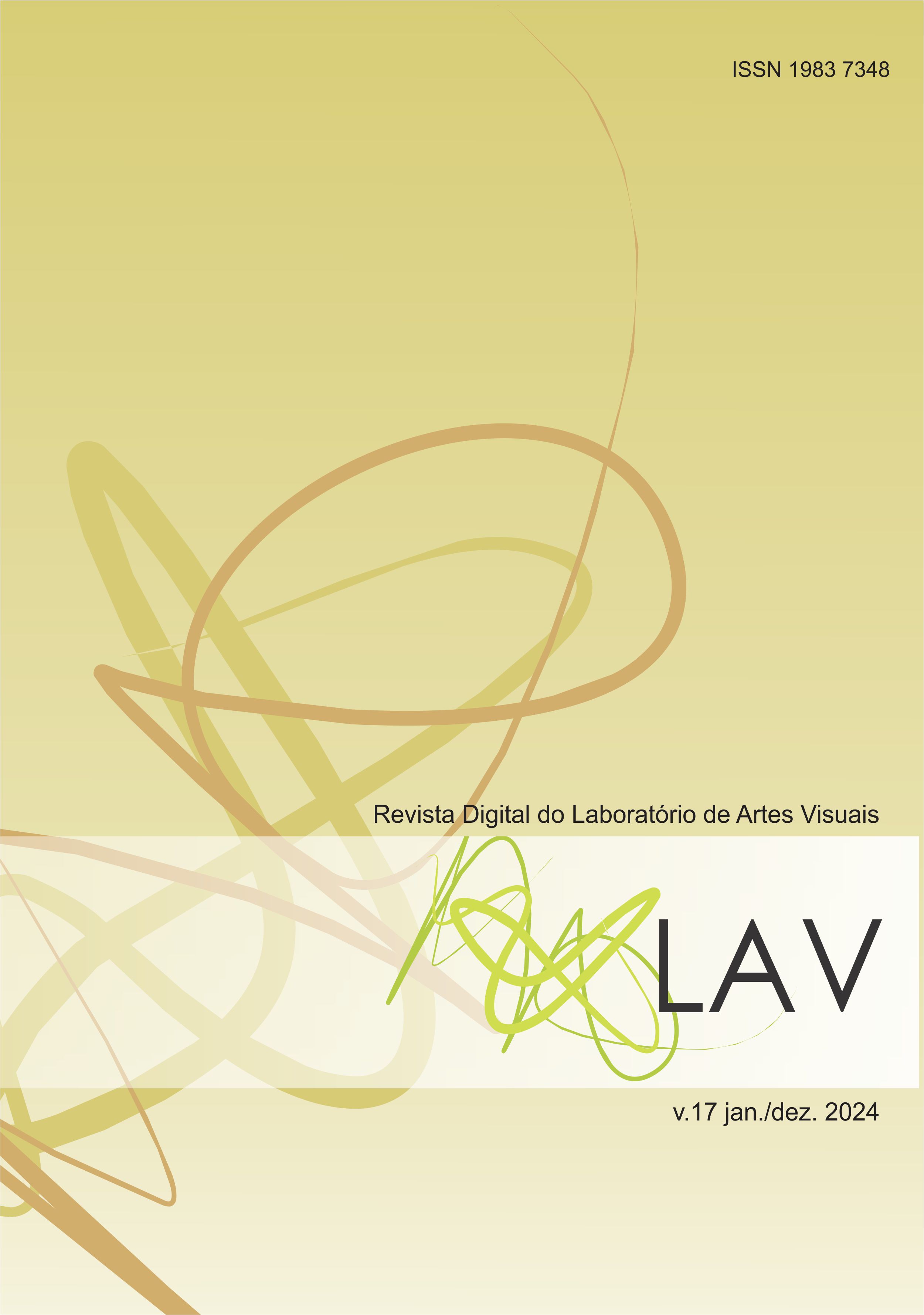Displacements and possibilities for thinking about art teaching in the present
DOI:
https://doi.org/10.5902/1983734888319Keywords:
Art, Education, Art education, Teaching, SchoolAbstract
The methods used in the initial formation of visual arts teachers have been debated for some time. Recently, especially after the COVID-19 pandemic, the issue has gained more importance. The return to the classroom has highlighted the need to rethink the strategies used in the field of art/visual arts teacher education. Based on the practice of systematizing experiences, a set of situations experienced in recent years in Visual Arts teacher education courses in the South of Brazil is described, with the aim of offering elements that allow us to think about the relationships we have established between art and education, teaching and school, whether in classrooms with students in formation for teaching in art/visual arts or in schools during internship practices or even in extension curricularization activities. Based on the intersection of art/visual arts teaching initiation practices with discussions on didactic-pedagogical methods for teaching art in the school context, some clues are pointed out based on the idea of unpredictability, wandering and not-knowing. The aim is to think about training practices that are less predictable and more inventive in the field of art teaching in the contemporary world.
Downloads
References
AGAMBEN, Giorgio. A comunidade que vem. Belo Horizonte: Autêntica, 2013.
BARBIERI, Stela. Territórios da invenção: ateliê em movimento. São Paulo: Jujuba, 2021.
CANDAU, Vera Maria. Educação intercultural: entre afirmações e desafios. In: MOREIRA, Antonio Flavio; CANDAU, Vera Maria (Orgs.). Currículos, disciplinas escolares e culturas. Petrópolis: Vozes, 2014. p. 23-41
FALKEMBACH, Elza Maria. SISTEMATIZAÇÃO, uma arte de ampliar cabeças...In: LINS, Iara; FALKEMBACH, Elza Maria Fonseca ; OLIVEIRA, Raimunda . Multiplicação criativa, um entrelaçar de práticas e saberes. Brasília-DF: Confederação Nacional dos Trabalhadores na Agricultura Contag, 2011. Disponível em:
https://www.enfoc.org.br/system/arquivos/documentos/89/f1293uma-arte-de-ampliar.pdf. Acesso em: 05 fev. 2024
FOUCAULT, Michel. Theatrum Philosophicum. In Foucault, Michel. Ditos e escritos – arqueologia das ciências e história dos sistemas de pensamento. Vol. II. Rio de Janeiro: Forense Universitária, 2000, p. 230-254
HOLLIDAY, Oscar Jara. Para sistematizar experiências. 2 ed. Brasília: Ministério do Meio Ambiente, 2006.
RIOS, Terezinha de Azêredo. Direito à alegria na escola. In: CHARLOT, Bernardo et al. São Paulo: UniProsa, 2021. p.152-155
ST. PIERRE, Elizabeth Adams. Uma história breve e pessoal da pesquisa pós-qualitativa: em direção à “pós-investigação”. Práxis Educativa, v. 13, n. 3, p. 10441064, 2018. DOI: https://doi.org/10.5212/PraxEduc.v.13i3.0023






